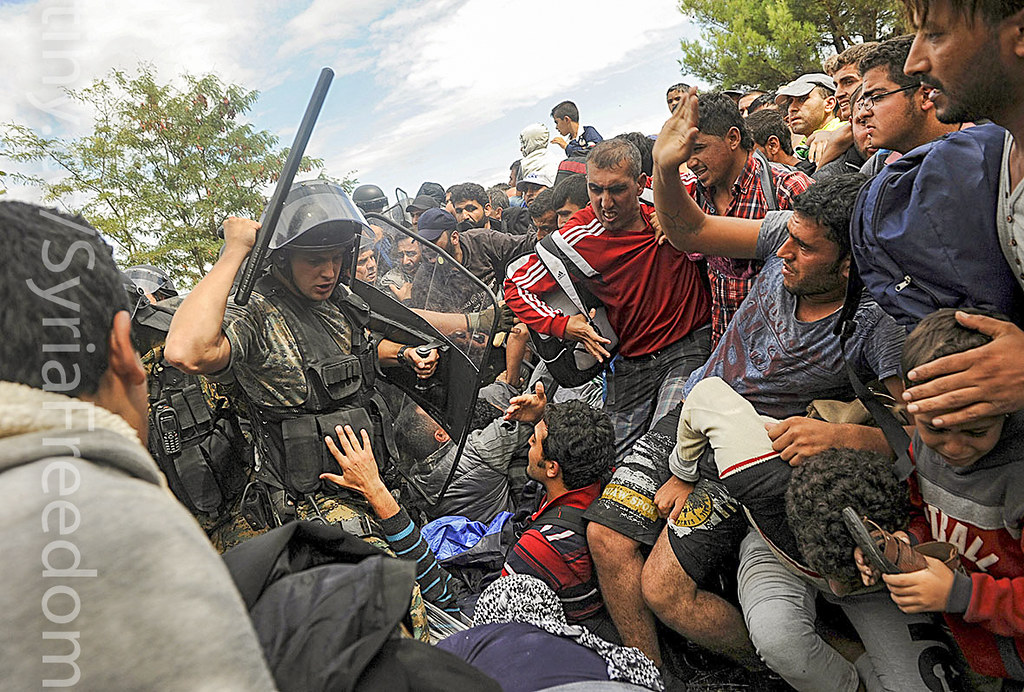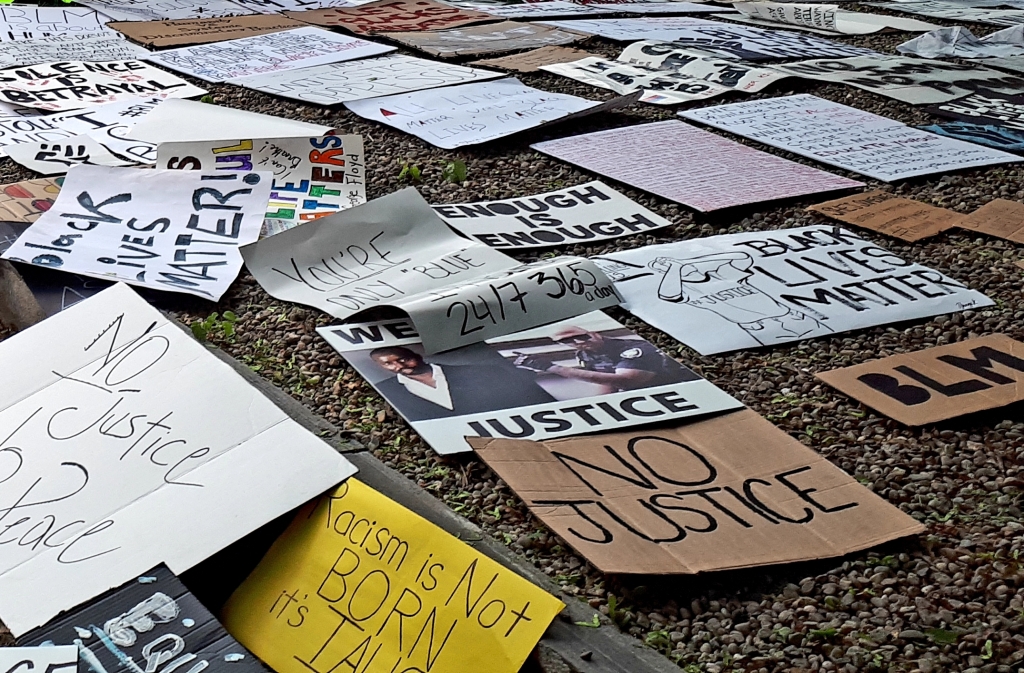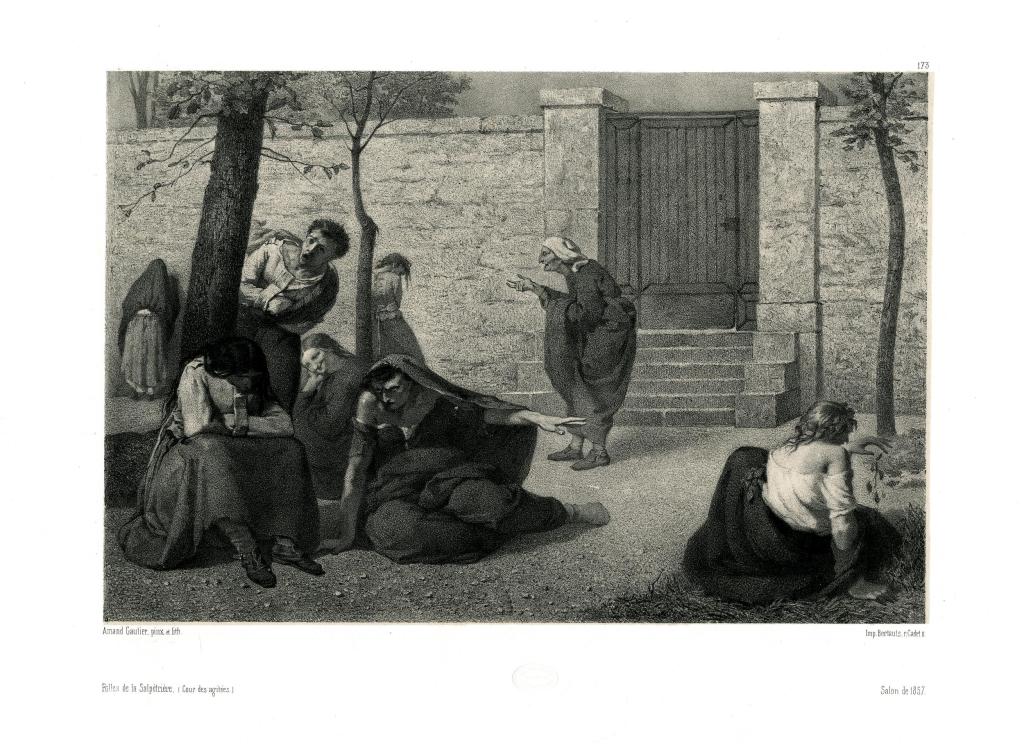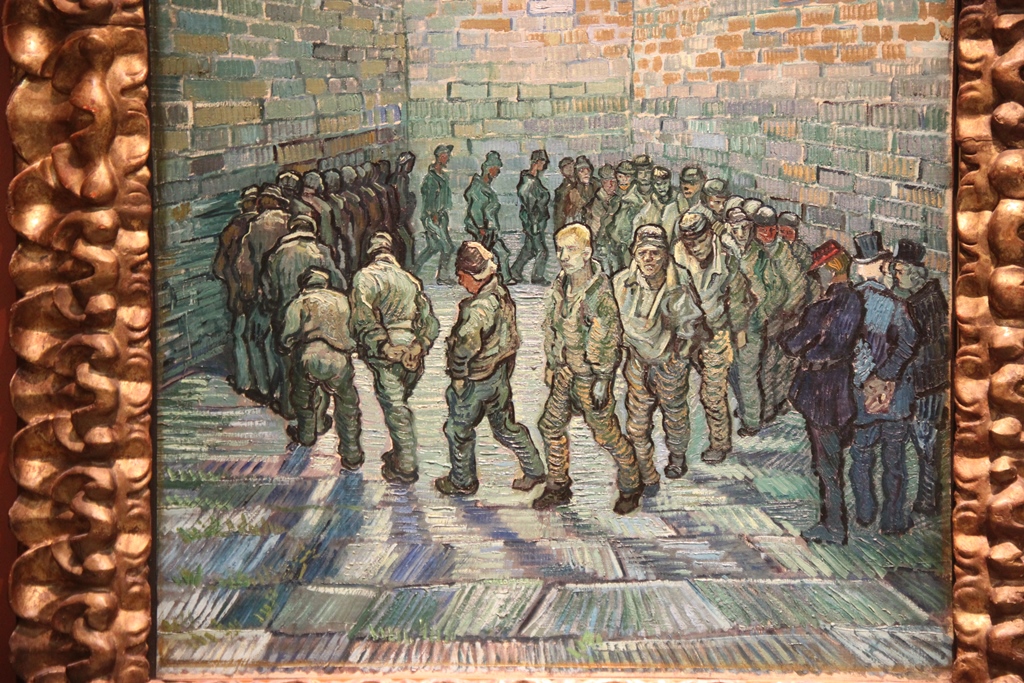
Welcome back to In the Journals! This ongoing series aims to bridge conversations that are often siloed by discipline, geographical region, language, and race. One of our goals is to make sure that the diverse voices currently reporting their research on policing, crime, law, security, and punishment are presented here. We are continuing our catch-up to develop article collections around different questions and themes. This post brings together articles on militarization from throughout 2019 and 2020 to look at the various ways in which states militarize and demilitarize – specifically the militarization and demilitarization of police, space, bodies, and animals.
September 2020’s issue of Critique of Anthropology saw Mona Bhan and Purnima Bose’s article, “Canine counterinsurgency in Indian-occupied Kashmir,” which identifies the presence of street dogs as embodying military terror and producing anxiety about India’s occupation of Kashmir. With police dogs functioning as literal weapons of the state, mobilizing Indian military power over Kashmiri people, they “embody the force and bestiality of the state as they become vectors of militarized violence through the mauling and killing of Kashmiris.” While these Military Working Dogs (MWDs) embody the bestiality of the state, street dogs inflict supplemental violence on Kashmiri people, informalizing state terror through their presence around MWDs and places of military control. Kashmiri citizens associate street dogs with state militarization and tools of counterinsurgency, with distinctions between street dogs and MWDs becoming blurred, as both are utilized in the Indian forces’ militarization of Kashmir and dehumanization of Kashmiris. Street dogs are regarded with honour by Indian forces and citizens, are constructed as superior to Kashmiri people, and have been recruited to the Indian military as the first line of security against insurgents. In the minds of Kashmiris, this links the militarized occupation of Kashmir to human-canine interactions, even though street dogs existed in Kashmir prior to occupation, and were not initially a tool of counterinsurgency.
Stuart Schrader’s article, “More than Cosmetic Changes: The Challenges of Experiments with Police Demilitarization in the 1960s and 1970s,” was published in the Journal of Urban History’s September 2020 issue. The article focuses on the California Menlo Park Police Department’s efforts to demilitarize the police force and change police-public relations in the 1960s and 1970s, while many U.S. police forces were adopting more aggressive and militant policing tactics. In contrast to other California and U.S. police departments’ violent, militarized policing tactics and uniforms intended to control civil unrest and perceived disrespect that police faced, Victor Cizanckas, then police chief of the Menlo Park Police Department, sought to demilitarize Menlo Park and gain respect through reforming the “paramilitary” aspects of policing based on critiques of physical excesses and racial prejudices. This included instituting “soft wear” uniforms, a tie and green or gold blazer concealing their gun in lieu of the typical blue uniform; repainting police cars a pastel green and white instead of black; decreasing punitive measures promoting “arrest for arrest’s sake”; and eliminating paramilitary-influenced hierarchical and paternal relations and ranks, and replacing them with functional roles and horizontal relations within the force. All of these techniques sought to demilitarize in order to change police interactions with the public and address problems of racial inequity. Schrader identifies the differences in militarization and demilitarization tactics, the benefits and limitations that Cizanckas’ reform and demilitarization had, and ultimately argues that Cizanckas’ approach was still top-down and did not offer deeply democratic governance or eliminate social and political conditions that make police departments necessary in the first place.
Current Anthropology’s February 2019 issue included “Unburials, Generals, and Phantom Militarism: Engaging with the Spanish Civil War Legacy” by Francisco Ferrándiz. Based on sixteen years of ethnographic work, Ferrándiz analyzes the present impact of dictator Francisco Franco’s production of Spain as a militarized state through what he denotes the “funerary apartheid” – Franco’s use of territory and necropower, through grave exhumations and burying those on opposing sides of the war in different spaces of death, to maintain sovereign control following the Civil War (1936-1939). Following the end of the war, the dead defeated Republicans were deemed “reds” and “Marxist hordes” and re-buried in mass graves, while dead Nationalist rebels were claimed by the state and re-buried with religious and military honour. In the years during and since the dictatorship (1939-1975), monuments and symbols of Franco’s regime have been dismantled, with mass grave exhumations and reburials of Republican soldiers occurring beginning in 2000, and Nationalist bodies in tombs or mausoleums returned to their families – all of which were heavily contested. Children and grandchildren of the soldiers have lived in militarized spaces which memorialized and commemorated the military rebel Nationalists and dehumanized the Republicans, as well as the dismantling of the dictatorship’s legacy and the demilitarization of public spaces. Franco militarized spatial landscapes in Spain through a necropolitical control of space, and the demilitarizing process is lengthy and incomplete, with Francoism a lingering militaristic phantom felt by citizens.
“Racialized Geographies and the ‘War on Drugs’: Gender Violence, Militarization, and Criminalization of Indigenous Peoples” was included in November 2019’s issue of The Journal of Latin American and Caribbean Anthropology. The article’s author, Rosalva Aída Hernández Castillo, analyzes life stories of women victims of sexual violence based on long-term research on women in prisons in militarized and paramilitarized regions, to understand the impacts of Mexico’s “war on drugs” on the bodies and territories of Indigenous peoples. She argues that in racialized territories in Mexico, Indigenous women’s bodies have become battlefields of violence, and a tool of the state in conveying messages of the dispossession of Indigenous territories and resources. In the present context of the war on drugs, violence against women reproduces old war strategies to form new and informal wars which are more violent and have racialized impacts on Indigenous peoples and territories: in essence, a modified form of colonization. In the war on drugs, the Mexican state deployed military violence against Indigenous peoples which has increased their imprisonment and displacement from communities to federal prisons, with constitutional reforms increasing Indigenous vulnerabilities in the criminal justice system and militarizing their communities. These techniques of colonization mobilized in the war on drugs are further deployed and messaged through sexual violence on women’s bodies, embodying patriarchal and colonial ideologies. In resistance to these patriarchal and violent techniques, Indigenous and peasant women have organized to collectively confront the state’s military violence inflicted on them and their communities.
Narges Bajoghli’s article, “The Researcher as a National Security Threat: Interrogative Surveillance, Agency, and Entanglement in Iran and the United States,” was published in December 2019 in Comparative Studies of South Asia, Africa and the Middle East. Bajoghli utilizes fieldwork from Iran with militarized groups, the Islamic Revolutionary Guard Corps (IRGC) and the Basij paramilitary organization, to understand how research with militarized groups positions the researcher as a national security threat under heightened surveillance by intelligence officers and secret police. Following interrogative surveillance by IRGC and Basij paramilitary interlocutors in which they tested Bajoghli to ensure her research activity would not be a threat to the state, they would tell her their own real stories of the state which contradicted the state’s narratives. In the state’s surveillance of researchers like Bajoghli who are perceived as threats to state security for their research inquiries which threaten the state narrative they are seeking to uphold, secret police and intelligence officers surveil her interactions with military and paramilitary members. In their role as military and paramilitary, her interlocutors support the Islamic Republic regime and work to naturalize the state narratives of sovereignty through surveillance and intimidation, – while being surveilled by the state’s secret police and intelligence themselves – but they resist and use their military power in other ways as well, creating space outside of surveillance for Bajoghli and telling their real stories of the state.
As always, we welcome your feedback. If you have any suggestions for journals we should be keeping tabs on for this feature, or if you want to call our attention to a specific issue or article, send an email to anthropoliteia@gmail.com with the words “In the Journals” in the subject line.







